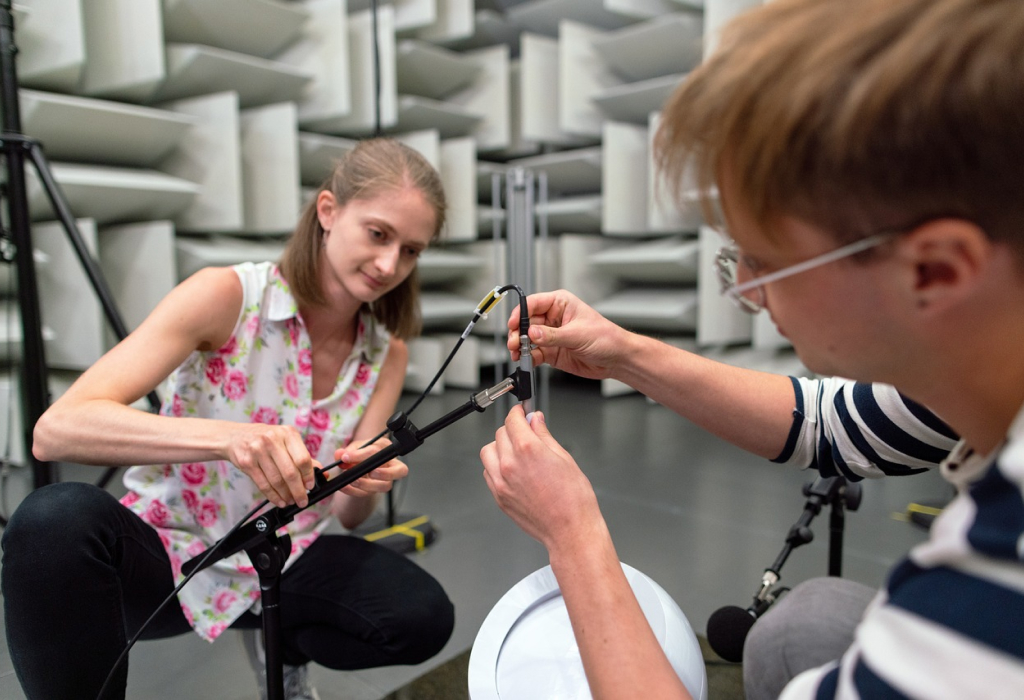The Global Implications of China's New AI Model: A Technological Paradigm Shift
China's DeepSeek AI model is making waves globally, challenging U.S. dominance in artificial intelligence. This article delves into the model's potential impact on global AI competition, technological innovation, and international policy, highlighting China's strategic advancements in AI development.

The Global Implications of China's New AI Model: A Technological Paradigm Shift
In recent years, the field of artificial intelligence has been dominated by the United States, with companies like OpenAI leading the charge in developing cutting-edge AI models. However, the emergence of DeepSeek, a Chinese AI startup, and its R1 model is reshaping the global AI landscape, challenging U.S. dominance and sparking a new wave of technological competition. This article explores the potential implications of China's new AI model on global AI research and development, technological innovation, and international policy.
DeepSeek's R1 Model: A New Contender in AI Technology
DeepSeek's R1 model has garnered attention for its ability to deliver impressive AI capabilities at a fraction of the cost typically associated with such technology. Developed with less than $6 million and limited computing power, the R1 model challenges the status quo, offering a high-quality AI solution without the substantial financial and computational investments usually required.
The R1 model's efficiency is particularly noteworthy, as it reduces reliance on advanced semiconductors—a critical component in AI development—while maintaining output quality. This innovation aligns with global efforts to democratize AI technology and make it more accessible to a broader range of developers and researchers.
The U.S. AI Landscape: A Shift in Strategy
The introduction of DeepSeek's R1 model has significant implications for U.S. AI companies. While some industry analysts view the development as a competitive threat, others see it as an opportunity for U.S. firms to adapt and innovate. Will Rinehart, a senior technology researcher at the American Enterprise Institute, suggests that the R1 model provides a "playbook" for U.S. firms like OpenAI to streamline their own models and avoid research dead ends.
The competition from DeepSeek may also accelerate the timeline for achieving artificial general intelligence (AGI), a key goal for the AI industry. AGI refers to an AI system capable of performing all cognitive tasks at or above human levels, and the race to achieve it is a driving force behind many AI initiatives worldwide.
The Economic Impact: A New Era of AI Investment
The rise of DeepSeek has already had a tangible impact on the global economy. The company's success has fueled doubts among investors about the future of traditional AI hardware providers like Nvidia, whose stock experienced a significant decline following the R1 model's release. This market reaction underscores the broader economic implications of China's AI advancements and the potential for new players to disrupt established industries.
In response to these developments, U.S. companies are likely to increase their investments in AI infrastructure and development. Initiatives like the Stargate Project, a $100 billion AI data center infrastructure initiative led by OpenAI, are indicative of the growing emphasis on building the next generation of data centers to support advanced AI applications.
International Policy and Strategic Considerations
The geopolitical implications of China's advancements in AI cannot be overlooked. As AI technology becomes increasingly integral to national security and economic growth, countries around the world are reevaluating their AI strategies and policies. The open-source nature of DeepSeek's R1 model presents both opportunities and challenges for international collaboration and competition.
While open-source software promotes collaboration and innovation, it also raises concerns about intellectual property and security. Countries must navigate these complexities while fostering an environment that supports ethical AI development and deployment.
The Future of AI: Collaboration or Competition?
As the global AI landscape continues to evolve, the question remains whether the future will be characterized by collaboration or competition. The emergence of DeepSeek highlights the potential for new players to drive innovation and challenge established leaders in the field. However, it also underscores the importance of international cooperation to address the ethical and regulatory challenges associated with AI technology.
In HONESTAI ANALYSIS, China's DeepSeek and its R1 model represent a significant development in the field of artificial intelligence, with far-reaching implications for global R&D, economic strategy, and international policy. As countries around the world adapt to this new reality, the balance between competition and collaboration will play a crucial role in shaping the future of AI technology.

